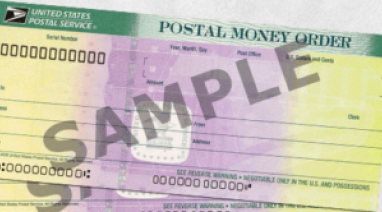In a world that doesn’t slow down, pain and nerves often whisper, or scream, beneath the surface. A small white pill sits at the edge of that noise: the Gabapentin tablet. Not dramatic, not loud, but reliable. Especially when you meet it in its Gabapentin 800 mg tablet form. Let’s walk through what this medication offers, how it functions, and who it’s for. Quiet clarity, straight to the point. What Is a Gabapentin Tablet, Really? The Gabapentin tablet is not a new player in the world of medicine. It’s been prescribed for years under different brand names, and its function is simple: to calm nerves. Literally. Developed to mimic the effects of gamma-aminobutyric acid (GABA), a neurotransmitter in your brain, it doesn’t bind directly to GABA receptors. Alternatively, it will decrease the unusual electrical activity in your brain. This will further lead to restless leg syndrome, seizures, and nerve pain. Why the 800 mg Dose? The Gabapentin 800 mg tablet isn’t for first-time users. This dose usually comes into play after a patient has been gradually titrated upwards from lower strengths. Why? Because Gabapentin works best when the body adapts to it. Physicians often start with 100 or 300 mg, monitoring side effects and efficacy before moving up to 800 mg. At this level, the tablet typically offers sustained symptom relief, especially for those with chronic neuropathic pain or ongoing seizure disorders. Primary Uses of the Gabapentin 800 mg Tablet The Gabapentin 800 mg tablet serves several core medical purposes....
USPS COD Payment

We accept COD (Cash On Delivery) payments, with Money Orders as the preferred method (USPS Money Order recommended). Personal checks are not accepted. Ensure your billing and shipping addresses match, and write your order ID on the back of the Money Order for accurate processing.
Free USPS Priority Mail Shipping

We offer free USPS Priority Mail shipping on all orders. A tracking ID will be sent once your order ships. Packages typically arrive within 4–7 business days, delivering convenience and reliability straight to your door.
Money Order

We accept only Money Orders, not checks. USPS Money Orders are preferred for secure and reliable transactions.
Privacy
We do not store your information online. We only store your information in our offline machine.
Refill
We do not provide the option for automatic refills. To manually refill your medications, please access our website. Remember to refer to the email that includes your tracking ID, which can be used for refills if your address and health conditions remain the same. Additionally, we have exclusive websites available for returning customers, where refills are handled directly with partner pharmacies to ensure quicker service and greater convenience.
Disclaimer
The information available on this online platform is solely intended for informational purpose and does not encompass all possible applications, interactions, precautions, or side effects of the drugs listed. By using this site, you consent to not hold us responsible for any inaccuracies. Our platform acts as a bridge for authors and publishers, providing general health content that is not meant to replace professional medical advice or personalized healthcare support.
- All Posts
- Gabapentin
- All Posts
- Gabapentin
Patients suffering from chronic pain caused by nerve damage, arthritis, or injury often find themselves caught in a web of...
Gabapentin works effectively for treating nerve pain, epilepsy as well as legs that won’t stop moving. However, it can also...
Gabapentin is a medication often prescribed to treat nerve pain, epilepsy, and sometimes anxiety disorders. While it is highly effective...